
Sand Cat
Sand Cat
Sand Cat
What is the cute animal that is also known as the "Angel of the Desert"? That's right, it's a sand cat! In 2020, the birth of Japan's first baby made headlines. I think many people became interested in the sand cat after seeing its cute appearance. However, sand cat is not just cute; it has various problems hidden behind it. I would be happy if this page could help you deepen your thoughts about sand cat!
Sand Cat Basic Infomation
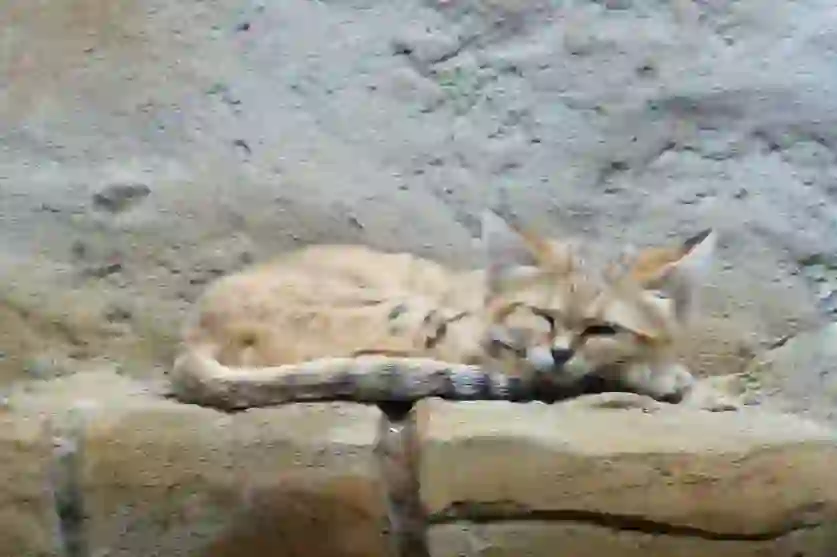
Mammalia-Carnivora-Felidae-Cat genus.
Length:47~57cm weight:1.8~3.6kg.
Sand cats mainly inhabit western Asia, central Asia, and northern Africa. They are covered with body hair that is yellow or grayish in color and sometimes has black stripes or spots.
Their large ears serve as antennas that collect sound and amplify it inside the ear, allowing them to distinguish sounds such as noise. It is believed that their hearing is capable of detecting sounds from objects more than 500m away.
In addition, hair grows densely on the ears and soles of the feet to prevent sand from entering the ears because their habitat is the desert. In addition, the temperature of the sand in the desert can reach about 80 degrees Celsius. At such times, the hair on the soles of their feet protects them from the heat.
Also, since it is difficult to walk on the desert floor due to poor footing, it seems that the hair on the soles of their feet also serves to prevent their feet from sinking into the ground. Although they look similar to common domestic cats, their small bodies have undergone various changes to adapt to the desert environment.
The breeding season varies depending on the region, but it usually occurs from March to April or from January to April. During the breeding season, sand cats that usually live alone will start to make vocalizations. Females rely on these vocalizations to find males.
The gestation period is about two months long, and the number of offspring born at one time ranges from three to four, with some litters having nearly eight kittens. This is almost the same as domestic cats.
The lifespan of sand cats is said to be about 10-12 years, but they can live for more than 14 years in captivity at zoos or conservation organizations.
Sand cats are nocturnal animals, so they rest in burrows during the day and go out to search for food at night. They mainly eat small mammals such as mice, insects, and reptiles.
Sand Cat Q&A

What is the origin of the name sand cat?
In English, it is called "sand cat", but in fact, in the case of the Japanese name, it is named "sunaneko". Why did it come to be called sunaneko by its Japanese name this time? We will introduce its origin.
The Japanese name sunaneko comes from the meaning of "cat living in the desert and dunes". Although the pronunciation is different, the origin of the English name is also the same.
※Sand is called "suna" in Japanese, and "neko" in cats.
By the way, it is called “felis margarita” in scientific name. The origin of the scientific name is thought to be derived from the name of “Jean Auguste Margueritte,” who was in charge at the time when the sand cat was discovered in the Sahara Desert.
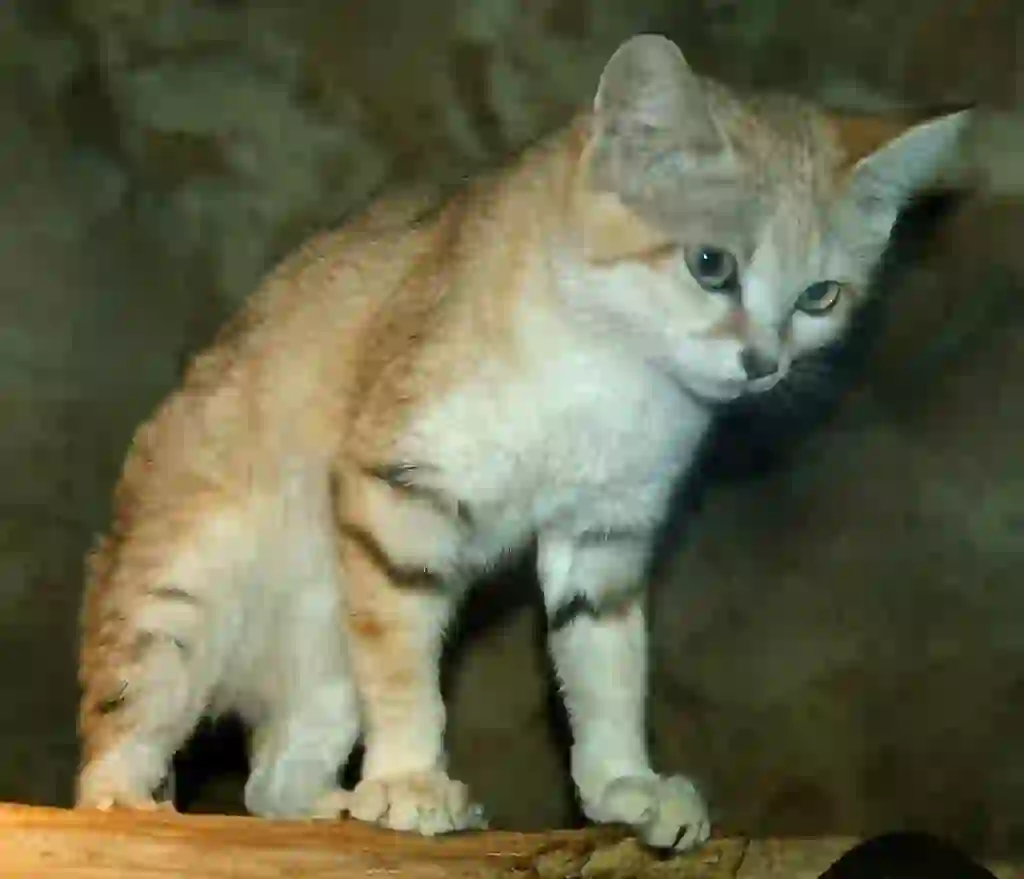
How do sand cats meow?
Speaking of cats, it’s famous that they say “mew”, right? So how does the sand cat, which looks a lot like a domestic cat, meow?
Sand cat babies cry in a slightly lower voice like “gyau, gyau”, and when they grow up, they cry like “vov, vov”.
It seems that they cry in a slightly higher voice during the breeding season, but contrary to their cute appearance, it was a surprisingly cool and wild voice.
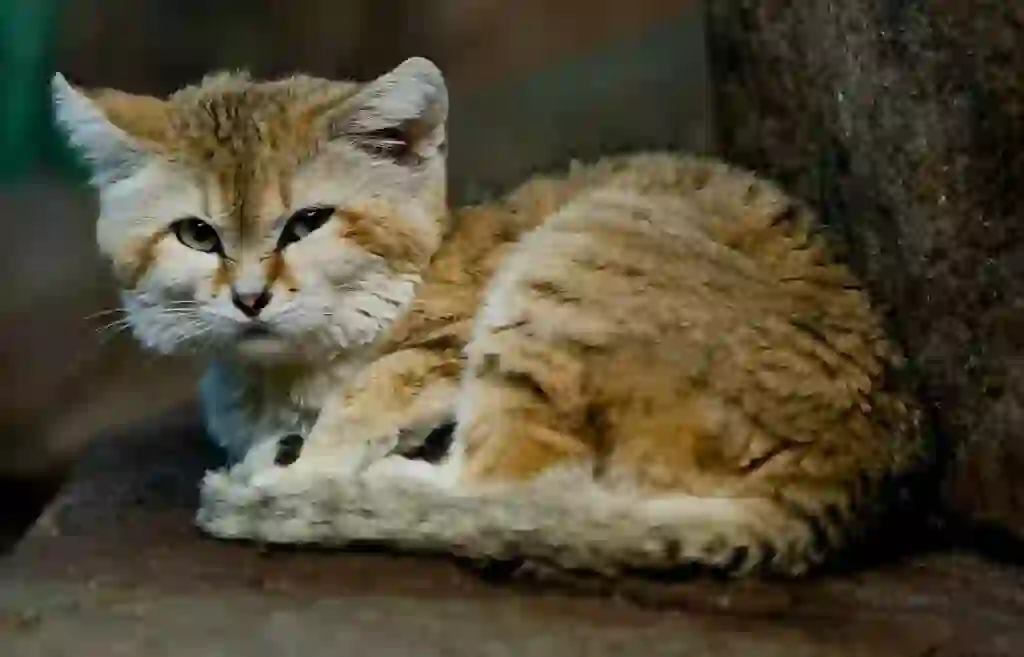
Can sand cats be kept as pets?
When breeding rare animals at home, it is necessary to follow the established laws in some countries. This time, I will introduce whether it is possible to keep a sand cat at home in Japan.
As it turns out, making a sand cat a pet is not specifically prohibited by law. If you ask me if it's possible, it's quite a gray area.
First of all, zoos warn against keeping sand cats as pets.
There are several reasons for this. Although sand cats are very cute, they are timid and have a fierce personality. Surprisingly, among all the animals in the cat family, they are said to have the second most aggressive temperament. Even zookeepers have been bitten and injured by them.
Sand cats do not become attached to humans like pets. They have lived in the harsh environment of the desert, so they may still have some wild instincts.
Also, unlike domestic cats that eat cat food, sand cats eat mice and insects. Therefore, it takes time to find food and it is not easy to catch mice. Some people may find this disgusting.
If you find that it is more difficult and time-consuming than you thought, you may want to give up on keeping a sand cat.
Furthermore, sand cats kept by humans are said to be prone to respiratory diseases.
To prevent this, it is important to create an environment where sand cats can live. Keeping them in a cage is not recommended. It is quite difficult to keep them in a normal home because you need to prepare sand like in a zoo and pay attention to humidity and temperature management while securing a large space for them. If you keep them inappropriately, they may die in just a few months.
However, as of 2020, there are pet shops that sell sand cats as pets. As a reference, some are traded for several million yen per cat.
Currently, sand cats are imported legally based on established rules. However, if sand cats become a pet boom, there may be cases of “smuggling” where they are imported without proper procedures. Smuggling can reduce the number of sand cats by illegally capturing animals and may even lead to extinction in the worst case.
By the way, in northern Africa, which is the main habitat of sand cats, there are people who keep domestic cats but not sand cats. As I mentioned in “Can sand cats be kept as pets?”, they mainly eat mice and other rodents. Although they are cute when they are babies, they grow up to be wild animals of the cat family. They don’t become as friendly as pets. Local people know this about the personality of sand cats.
As there are various problems with keeping sand cats as pets, if you really want to see them, it would be better to enjoy their lovely appearance slowly at a Japanese zoo or a zoo that breeds sand cats in the world.
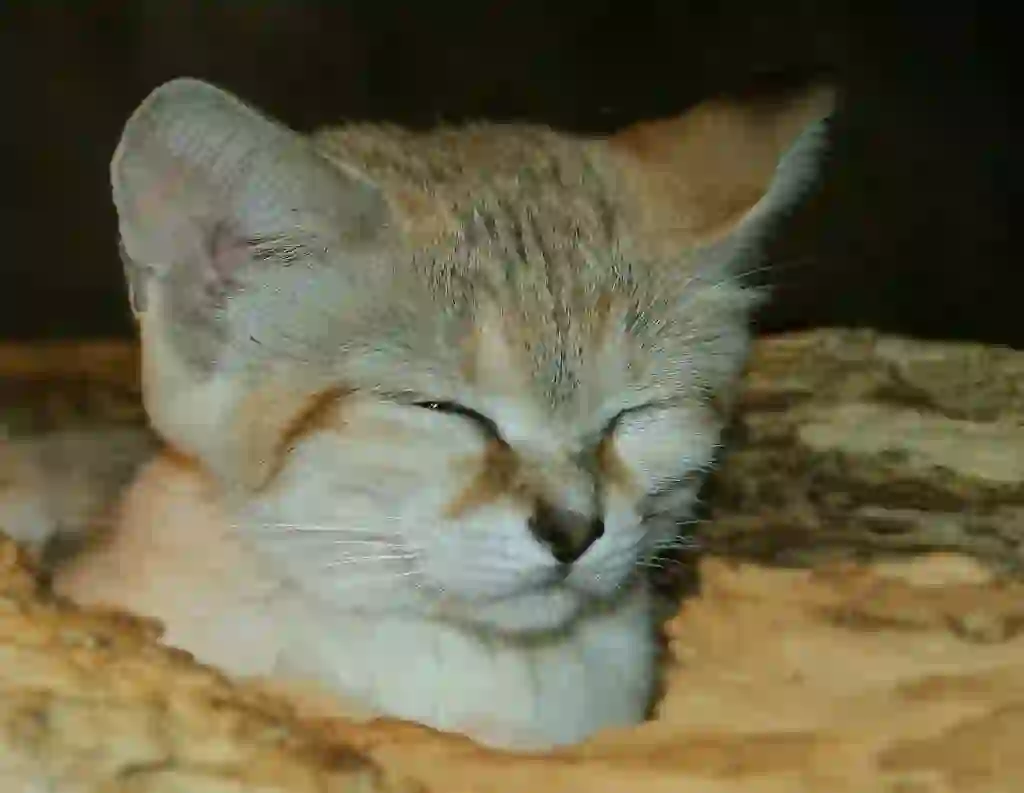
What is the difference between a sand cat and a domestic cat?
Sand cats and domestic cats look very similar, but what is the difference between them?
First of all, as we introduced in “Can sand cats be kept as pets?”, sand cats are timid and fierce in character and do not become attached to humans.
On the other hand, the personality of domestic cats depends on the individual, but they are basically independent and have a capricious side. However, there are some cats that are quiet and gentle, friendly and affectionate.
While the personalities of sand cats are almost all the same, domestic cats have a lot of variation and are characterized by their individuality.
Next is food, but both sand cats and domestic cats have the common point of being carnivorous.
Sand cats mainly eat wild creatures such as mice and insects, and domestic cats also catch and eat small birds and mice. However, it is unlikely that pet cats eat something they caught outside because they usually eat cat food.
Finally, regarding the environment, sand cats are animals that live in the desert and are said to be better at heat than cold. On the other hand, domestic cats are also strong against heat, but not as much as sand cats.
When the temperature reaches around 30 degrees Celsius, they begin to feel hot, and if the room temperature or temperature is too high, like humans, domestic cats can get heatstroke. Comparing them, there seems to be quite a difference even among animals of the same cat family.
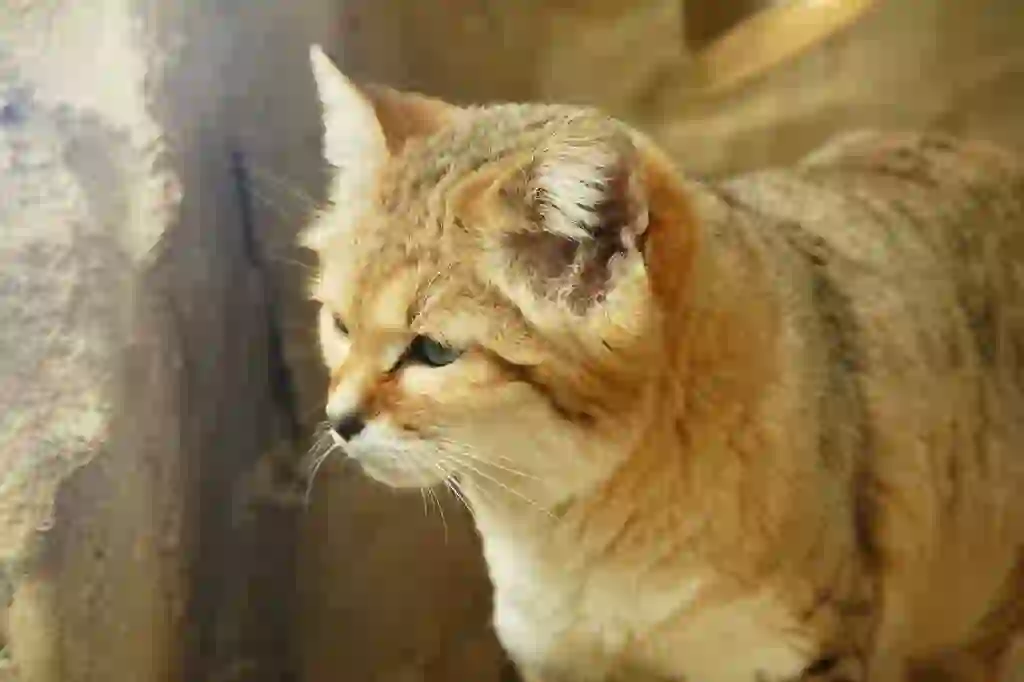
Is it true that there are children of sand cats and domestic cats?
It's true.
There is a cat called “marguerite” in the UK, and marguerite’s parents are a sand cat and a short-haired domestic cat.
Marguerite was first unveiled at a cat show, which led to the discovery of her existence. The name “marguerite” is said to be a combination of “Jean Auguste Margueritte,” which is the origin of the scientific name of the sand cat, and “marguerite,” which is the name of a flower.
However, as of 2017, it has not been officially registered as a breed. The idea that a new species of cat has been born is only the opinion of the breeders and has not been recognized by the government.
In addition, all the fathers of marguerite were only one male sand cat named “Trevor,” so there is no record of crossbreeding with various sand cats, and it is difficult to recognize it because there is a possibility that “genetic diseases” may occur in the future.
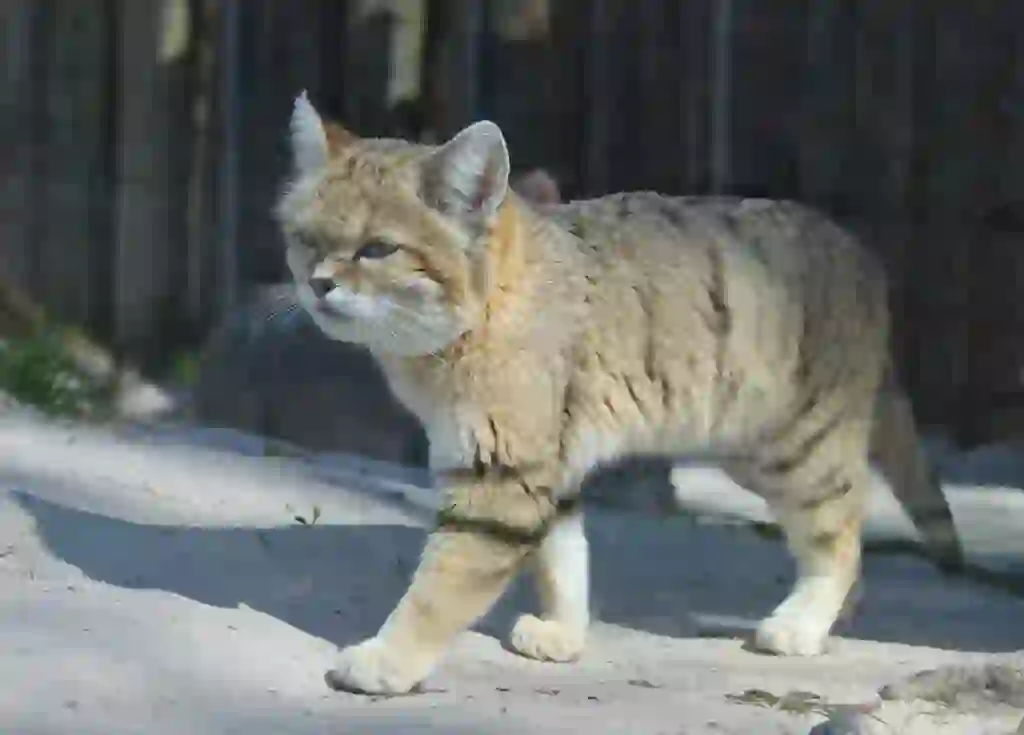
What are the natural enemies of sand cats?
Sand cats are relatively small even when they grow up, so they are vulnerable to various predators. Birds of prey such as eagles, carnivorous mammals such as golden jackals, caracals, and gray wolves are natural enemies. There is also a possibility that they will be swallowed whole by large snakes.
In the case of kittens, the range of natural enemies increases further, and it seems that they are also attacked by birds of prey such as eagle owls. Even if you only consider the desert environment, it may be more difficult for sand cats to live than we think because they have to be careful of so many predators.

Is it true that the sand cat is designated as an endangered species?
It's true.
However, the situation seems to have changed a little as of 2020. This is because it was previously registered as a “near threatened species” according to the Red List of the International Union for Conservation of Nature (IUCN).
It is said that there were various reasons such as environmental destruction, civil war, decrease in prey that became food for sand cats, occurrence of poaching, and being eaten by dogs and cats that humans had kept.
Thinking that this could not continue, conservation groups began working on sand cat conservation projects and were able to stop the crisis of extinction. Thanks to this, the level has dropped to “least concern” since 2016.
However, in order to never let such a crisis happen again, we may need to reconsider our awareness of sand cats.

Would you like to become a part of the 'Animalbook.jp'?
Turn your knowledge into Q&A and share it with the world. ※Publication will be activated after purchase. Let's share information together!
Sand Cat Type of List
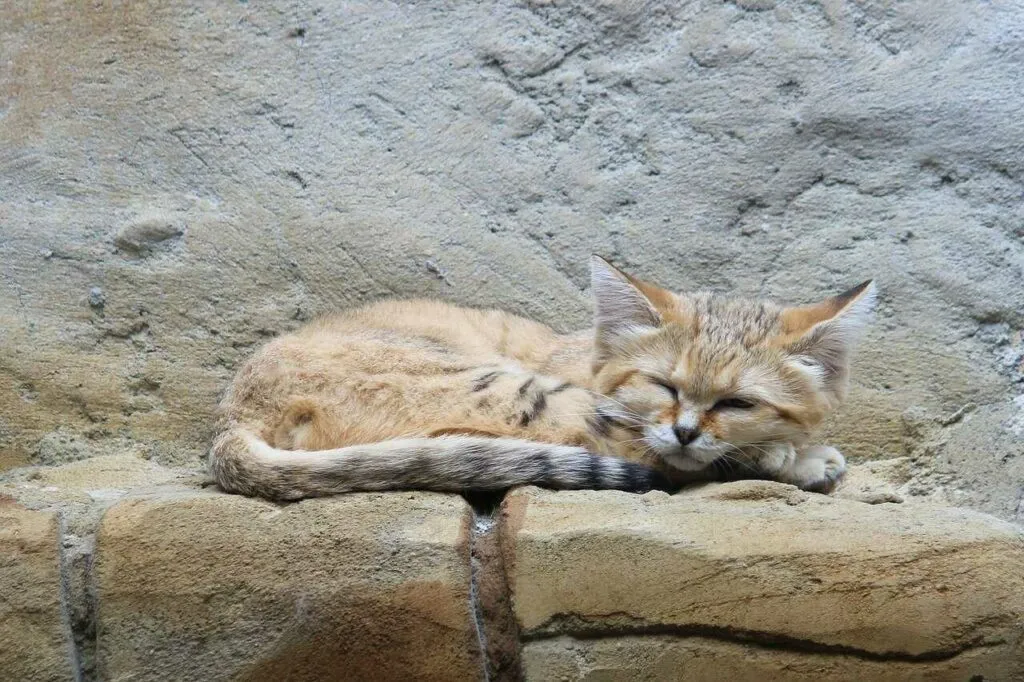
- Sand Cat
Information
Congratulations! You are the first commenter!

Create Your Favorite List!
Sand Cat
Save the animals you love! Build your own list to quickly revisit your favorites later.

Would you like to leave a comment?
※Please note: This is for the purchase of rights to post comments within the article.
Find Your Favorites!
Our shop offers a unique and attractive selection of goods themed around various animals.
Sand Cat References

- 神戸動物王国 https://www.kobe-oukoku.com/friend/detail/19969/
- 那須どうぶつ王国 https://www.nasu-oukoku.com/news/2020/12/post-526.html
- ウィキペディア https://ja.wikipedia.org/wiki/スナネコ
- PetPetdia https://petpedia.net/article/482/sand_cat
- FRIDAY DIGITAL https://friday.kodansha.co.jp/article/142241
- pepy https://pepy.xsrv.jp/86111#outline_4
- 子猫のへや https://www.konekono-heya.com/
- CatPress https://cat-press.com/
- ねこちゃんホンポ https://nekochan.jp/
- REANIMAL https://reanimal.jp/article/2020/10/23/1072.html
Sand Cat Introduction of media used

出典:https://pixabay.com/images/id-1278537/

出典:https://commons.wikimedia.org/wiki/File:Felis_margarita_7.jpg
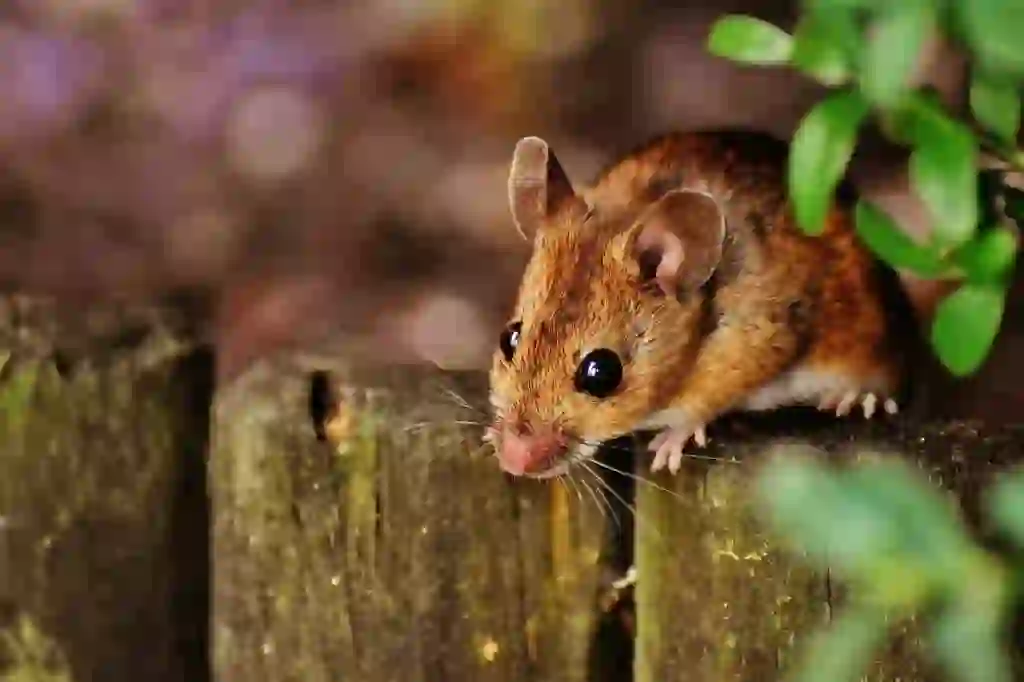
food
出典:https://pixabay.com/images/id-1708177/
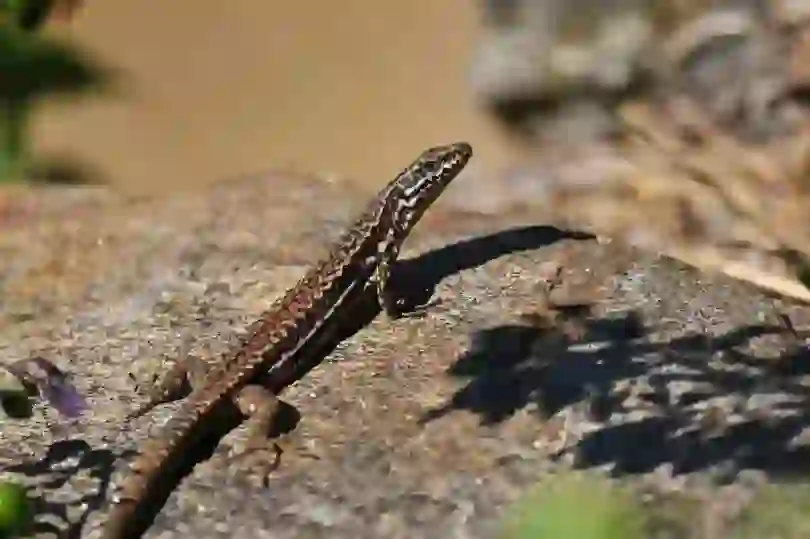
food
出典:https://pixabay.com/images/id-5834133/

出典:https://pixabay.com/images/id-1278537/

出典:https://unsplash.com/photos/k9CJkf25vbs
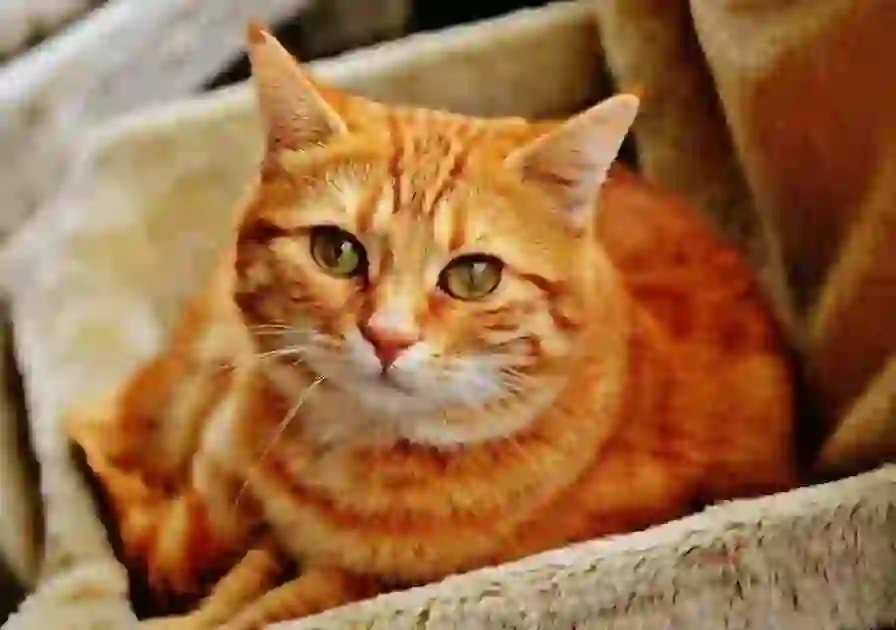
similar
出典:https://pixabay.com/images/id-1046544/
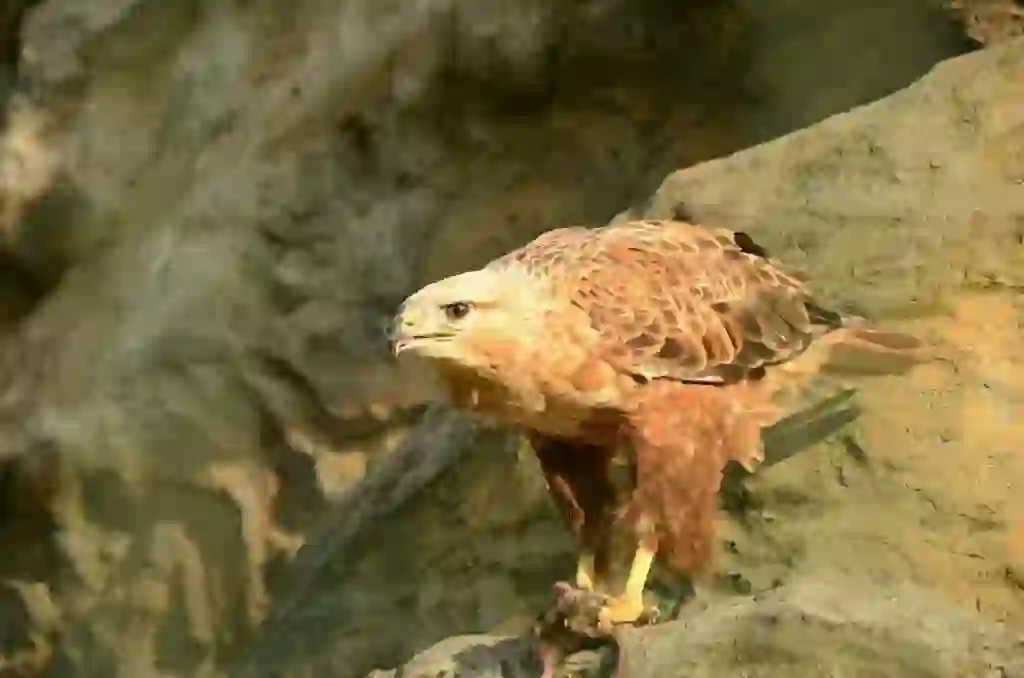
enemy
出典:https://pixabay.com/images/id-2168014/
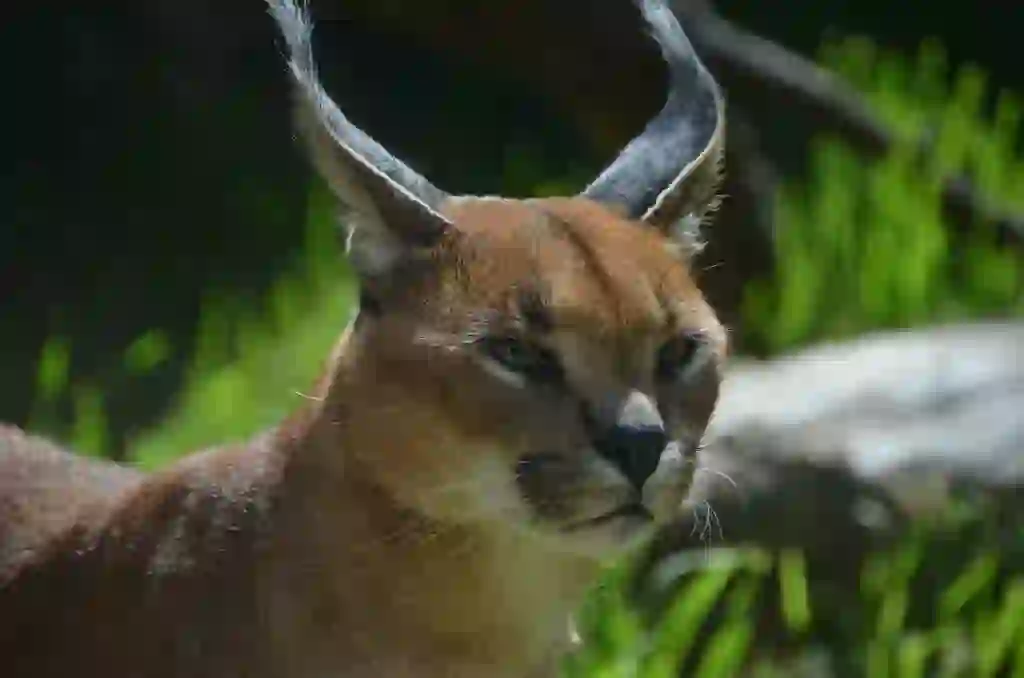
enemy
出典:https://pixabay.com/images/id-4971633/
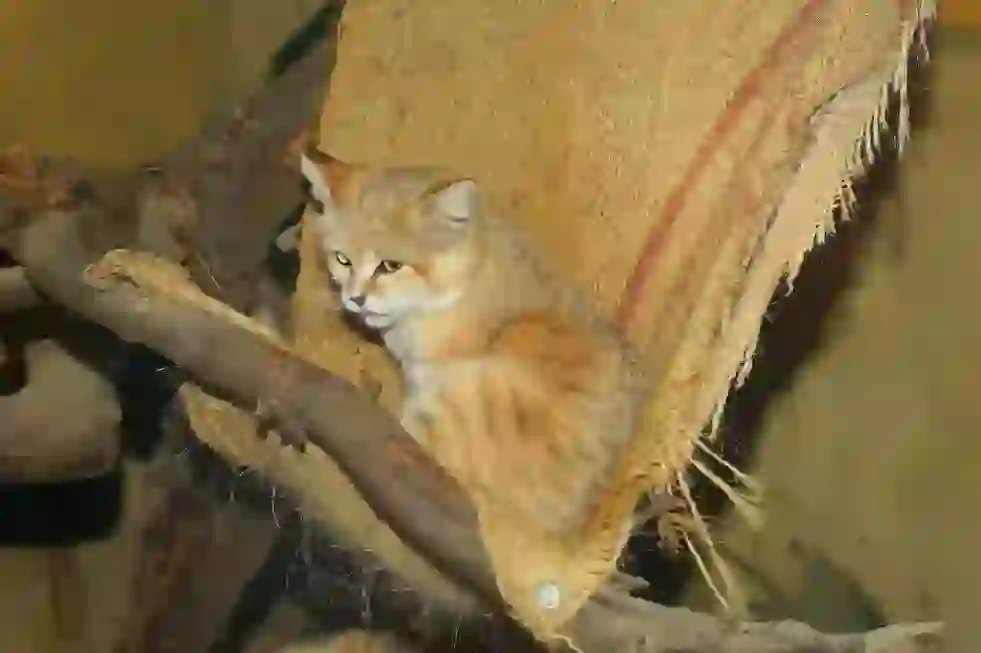
出典:https://pixabay.com/images/id-767905/

Help Enrich Our Animalbook.jp with Your Media!
We are constantly looking to expand and enrich our Animalbook.jp with amazing photos and videos of animals. If you have any media that you'd like to share, please contribute and help us showcase the beauty and diversity of the animal kingdom. Your submissions will be credited and featured in our encyclopedia, reaching a wide audience of animal lovers.


















